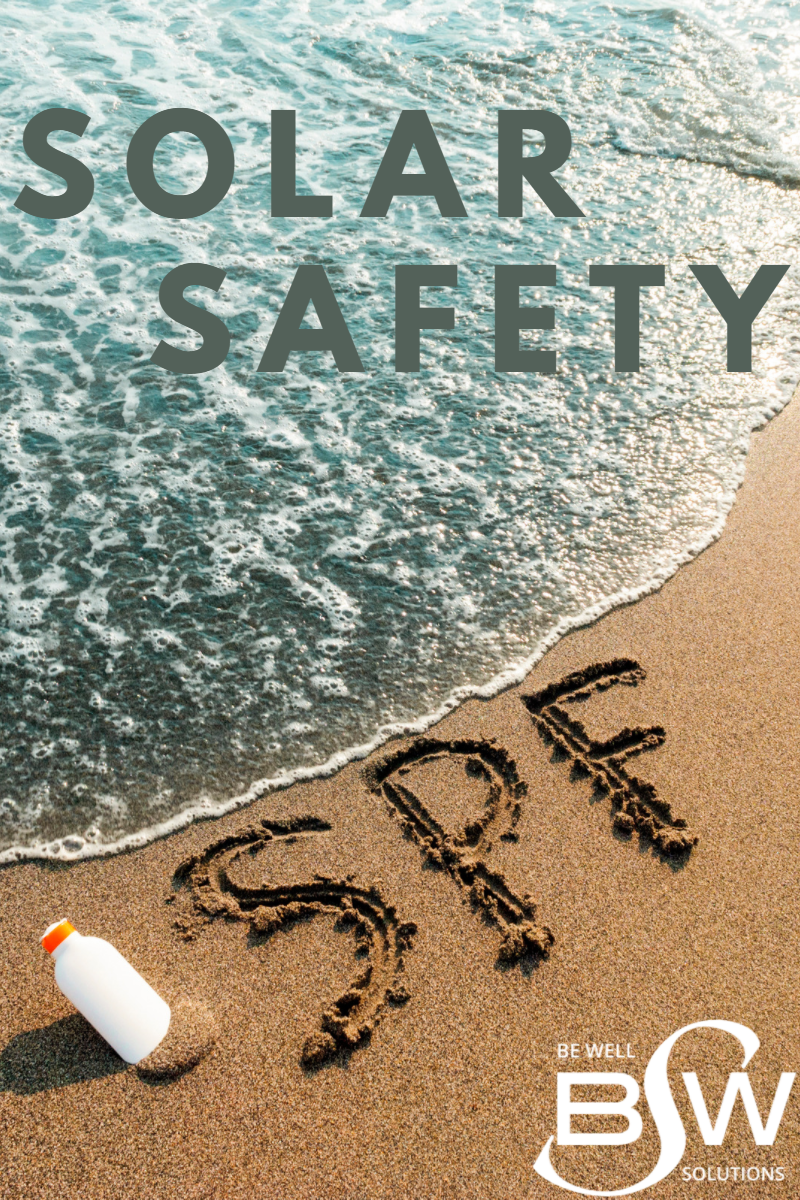
Summer is here, calling us outdoors to enjoy picnics, baseball games, gardening, bike rides, beaches, and swimming pools. People have worshipped the sun for thousands of years. Recently, however, avoiding the sun has become all the rage. The threat of cancer, skin damage, wrinkles and a host of other ailments has been attributed to sun exposure. Hats, long sleeve shirts, sunglasses, and sunblock lotion has become the norm. Sunshine—like anything else, it’s all about moderation! Can you get too little sun? What SPF is the best? What is the minimum sun exposure I need to meet my vitamin D requirements? Let’s take a look at the facts:
Negative Effects of UV Light
- Cancer—Ultraviolet Radiation is a leading cause of malignant melanoma, the deadliest form of skin cancer. There is strong evidence that sun exposure is a major factor in the three main types of skin cancer (melanoma, basal and squamous cell carcinoma).
- Immune System—There is evidence suggesting that overexposure to UV radiation suppresses our immune system. Our immune system helps us combat disease and infection.
- Eyes—Prolonged exposure to UV damages the tissue of the eyes, which can result in cataracts and eventually, loss of vision.
- Skin—UV does speed up the aging of skin, destroying collagen and connective tissues beneath the top layer of the skin. This leads to wrinkles and “liver” spots.
Positive Effects of UV Light
- Vitamin D—UV from the sun produces Vitamin D, an essential nutrient for our bodies. Vitamin D helps strengthens bones, decreasing our risk of osteoporosis and fractures. Vitamin D strengthens muscles and enhances our immune system. It may also reduce our risk of certain cancers like colon cancer and prostate cancer.
- Mood—Research suggests that light hitting your skin, not just your eyes, helps reverse Seasonal Affective Disorder (SAD). Sunlight stimulates the pineal gland in the brain to produce ‘tryptamines’, reducing symptoms of mild depression and elevating mood.
- Skin Conditions—UV is used in the treatment of skin conditions including psoriasis.
- Fitness—Sunny days encourage us to walk, swim, jog and increase our fitness. Check out ways to get outside Green Space to De-Stress.
The Final Word on Sunshine
Most of us need 10 to 15 minutes of sunshine on average a day for an adequate amount of Vitamin D but there are other factors to consider:
- Genetics—People with a family history of skin cancer may choose to limit their time out in the sun.
- Skin Type—People with paler skin and skin more susceptible to sunburn may be at an increased risk of skin cancer.
- Dose—Several studies suggest that sudden exposure to high doses of sunlight is more dangerous than steady exposure over time.
- Age when Exposed—Adolescence has been shown to be the most dangerous time to get a sunburn. People under 20 are at the greatest risk.
Safe Sunshine Tips
- Wear sunscreen of at least SPF 15 if you are outside for an extended period of time.
- Wear a hat and shirt if out in the midday sun.
- Do not look directly into the sun and wear sunglasses.
- You can get Vitamin D from food sources including skim milk, salmon, sardines, and tuna.
Continue reading July 2021 Newsletter: Tips for a Healthy Cookout
